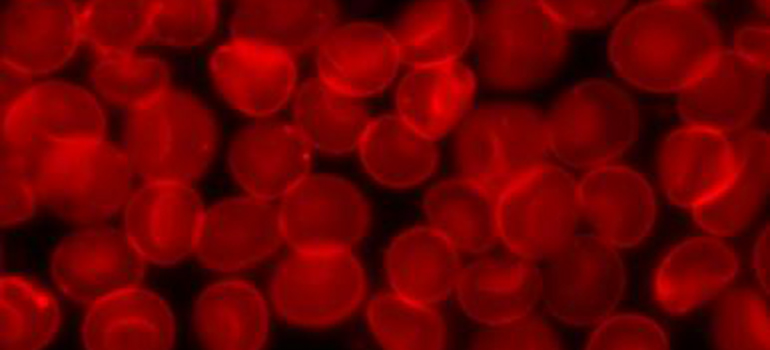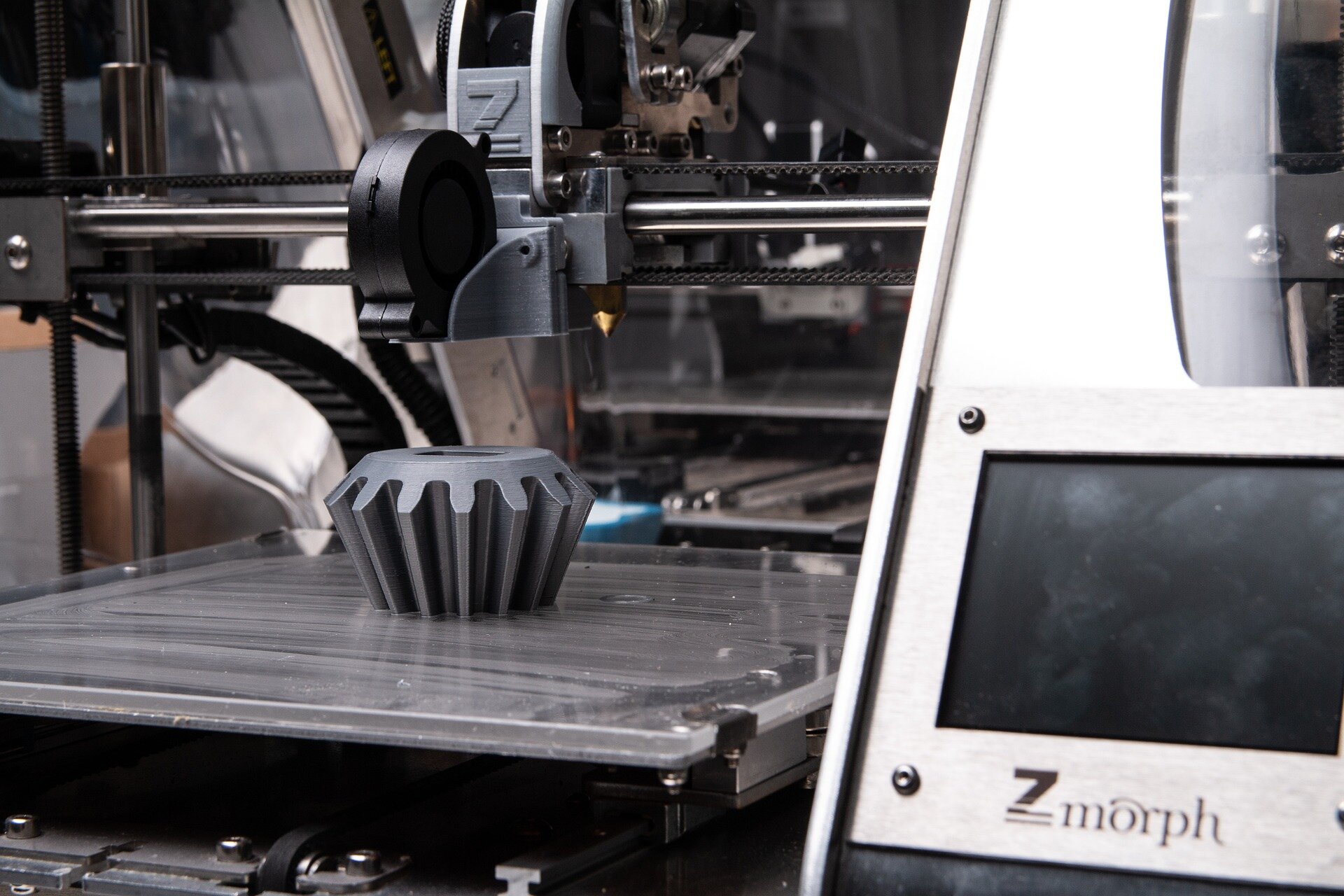#New analysis method for predicting the risks and effects of immunotherapy

“#New analysis method for predicting the risks and effects of immunotherapy”

In a new study, researchers at Uppsala University have been able to show differences in how rituximab, a monoclonal antibody drug, interacts with the blood of healthy individuals compared to patients with chronic lymphatic leukemia. This has awakened hopes that this analysis method could pave the way for important breakthroughs in immunotherapy research and treatment.
Immunotherapy—using the body’s own immune system to combat tumor cells—is an area in which rapid progress is being made. Many new treatments are helping to increase survival rates among cancer patients, but more effective tools are still needed to predict how these drugs will affect an individual’s immune system. In a new study at Uppsala University, researchers compared what happens when Rituximab monoclonal antibodies interact with the blood of healthy individuals and of patients with the disease that the monoclonal antibodies are intended to treat. The results showed that the immunological activation markers differ between the groups—an observation that could enable new scientific breakthroughs.
“Rituximab is used to treat a range of diseases in which B cells are malignant or growing out of control. The monoclonal antibody binds to the CD20 protein expressed on the B cell and draws natural killer (NK) cells, a part of the immune system, to the site which then help to kill the B cell. The action of Rituximab is specific with few side effects, but when it binds to B cells it can also activate proteins in our blood that signal danger. This can cause Cytokine Release Syndrome (CSR)—normally with mild symptoms in the form of nausea and fever, but it can also become life-threatening. This unpredictability is a major challenge, but the results from our study show that our analysis method can provide patient-specific information and thus become an important tool for the whole immunotherapy field if we are able to understand the individual’s specific response to a given antibody-based therapy,” says Sara Mangsbo of the Department of Pharmaceutical Biosciences.
In their study, the researchers used a complete human whole blood model to analyze the immune response, and the efficacy and toxicity of treatment with Rituximab. In healthy individuals, only a reduction in the number of B cells was observed. In patients with chronic lymphatic leukemia, however, a variable reduction in the number of B cells as well as CRS were observed—except in one patient who had no NK cells. The results increase our understanding of what happens when Rituximab encounters blood from patients with chronic lymphoid leukemia.
“Immunotherapy is being used more and more frequently to treat various kinds of cancer, but we need better methods to predict the effect and risk of side effects in individual treatment recipients before the start of treatment. Analysis tools such as this potentially have great value for both the healthcare system and patients,” says Mattias Mattsson, consultant physician at the Uppsala University Hospital Haematology Clinic and co-author of the article.
The use of a human whole blood model means that the analysis takes into account all the immune cells circulating in the blood, as well as the many proteins and metabolites present in the blood serum. The method thus adds a new dimension to the analysis results that to date has not been reliably captured by the available methods, which are based on purified cells or serum components.
“Understanding the mechanisms and resistance associated with monoclonal antibody-based drugs requires physiologically relevant tools and methods. Here, in collaboration with Uppsala University, we have studied how the blood loop can be used for the immuno-profiling of blood and drugs. The results show that there is a disease-specific immune response when blood and drugs interact. This indicates that the blood loop can be used for individual treatment and preclinical studies to identify and understand the toxicity risks for monoclonal antibody-based drug candidates,” says Mark Cragg, co-author and Professor of Experimental Cancer Research at the University of Southampton.
The method also involves a further step in being able to study monoclonal antibodies without the need for animal studies. The study is based on the group’s previous work, which was carried out with financial support from the Swedish Research Council’s funding for 3R projects, which aim to replace, reduce and refine animal experiments.
“Our results show a clear way forward. More extensive studies in specific patient groups are needed now to increase our understanding of how individual immune systems will react to both Rituximab and other monoclonal antibodies. In the long term, we hope to take the method all the way to clinical trials as well as to the healthcare system in order to provide a better answer to which patients will respond well to specific immunotherapy treatments,” says Sara Mangsbo.
Breakthrough in reversing treatment resistance in blood cancer patients
Profiling of donor-specific immune effector signatures in response to rituximab in a human whole blood loop assay using blood from CLL patients. International Immunopharmacology. doi.org/10.1016/j.intimp.2020.107226
Citation:
New analysis method for predicting the risks and effects of immunotherapy (2020, December 11)
retrieved 12 December 2020
from https://medicalxpress.com/news/2020-12-analysis-method-effects-immunotherapy.html
This document is subject to copyright. Apart from any fair dealing for the purpose of private study or research, no
part may be reproduced without the written permission. The content is provided for information purposes only.
If you liked the article, do not forget to share it with your friends. Follow us on Google News too, click on the star and choose us from your favorites.
For forums sites go to Forum.BuradaBiliyorum.Com
If you want to read more Like this articles, you can visit our Science category.



